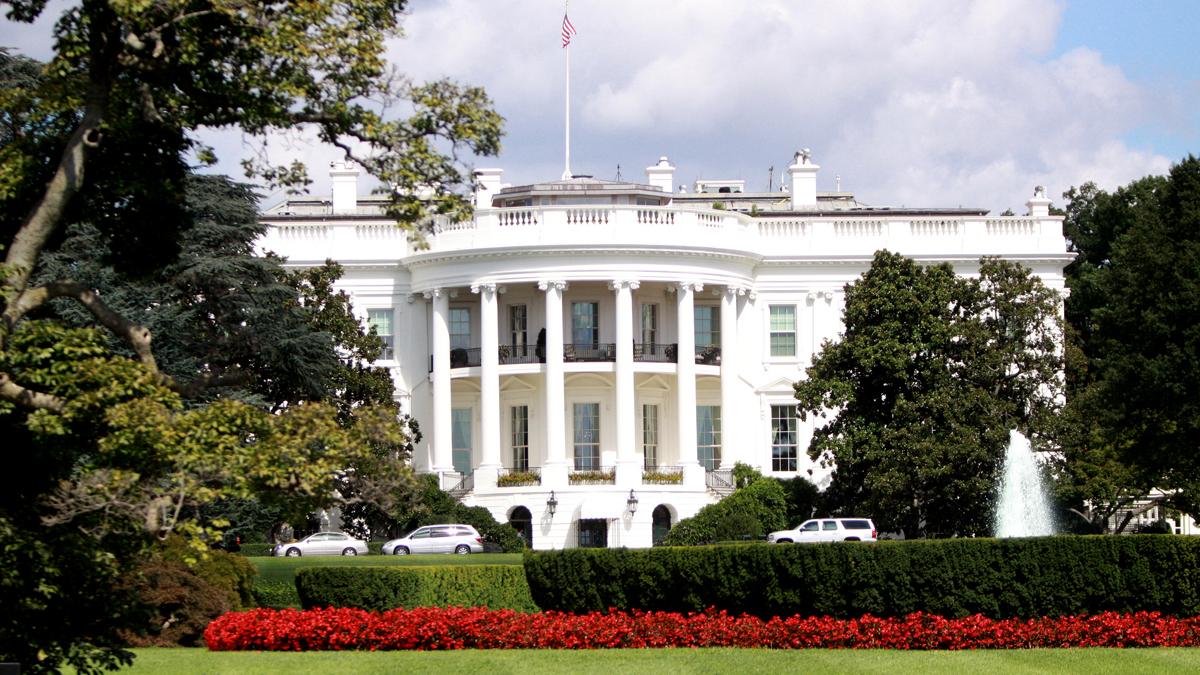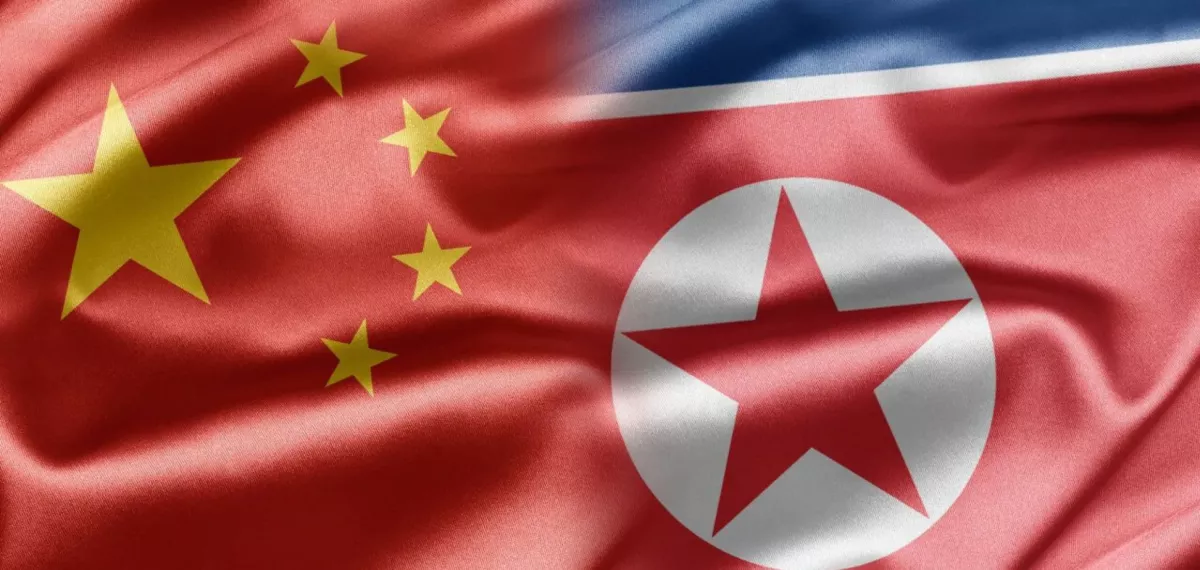Iran: The likelihood of renewed strikes by US and Israel Expert opinions on Caliber.Az
The Israeli leadership believes that, contrary to reports suggesting that Iran may have preemptively relocated its stockpile of enriched uranium to a secure location, the radioactive material remained at nuclear sites and was buried under rubble following U.S. Air Force strikes on June 22. However, the stockpiles were not destroyed and may still be retrieved by the Iranian authorities, the Associated Press (AP) reported, citing a senior Israeli official.
The material in question is 400 kg of uranium enriched up to 60%, as referenced in reports by the International Atomic Energy Agency (IAEA). According to Israeli authorities, nearly all of this stockpile was distributed among three nuclear facilities targeted by U.S. strikes. A significant portion reportedly remains buried deep within the third underground level of the Isfahan nuclear site.
According to Israeli assessments, retrieving this uranium is technically feasible, although it would require complex efforts. Nevertheless, the Israeli leadership assumes that the Islamic Republic will be able to access the preserved stockpiles.
Could this lead to renewed Iranian efforts to develop nuclear weapons? And might it serve as a pretext for Israel and the U.S. to launch another large-scale strike on Iran?
Caliber.Az sought answers to these questions from prominent experts.

As Israeli publicist Alexander Nepomnyashchiy notes, officials in Jerusalem do not rule out the possibility that Iran may be technically capable of regaining access to these stockpiles, despite the challenges involved.
“This opens up a scenario in which the Iranian regime may attempt to resume work on developing nuclear weapons — especially if it senses that international attention has waned. The potential revival of Iran’s nuclear programme, even if not in the short term, is seen as a serious threat.
According to American sources, Israeli Prime Minister Benjamin Netanyahu has warned President Donald Trump of Israel’s readiness to launch another strike on Iran’s nuclear facilities should nuclear activity resume.
Reportedly, Trump did not object to such a course of action by Israel.
At the same time, Tel Aviv does not exclude the possibility that the current situation could exacerbate internal divisions within the Iranian leadership.
On one hand, there are factions that continue to advocate for the costly nuclear programme and regional expansion through proxy groups such as the Houthis, Hamas, and Hezbollah. On the other hand, there is a growing number of critics pointing out that these investments have not paid off: the proxies have failed to meet their stated objectives in deterring Israel, while the economic cost to Iran has been extremely high.
Amid these risks, Prime Minister Netanyahu and Defence Minister Israel Katz have stated that they will closely monitor developments and will not allow the Iranian nuclear programme to be revived. They emphasised that Israel’s determination on this issue remains as firm as it is regarding the suppression of Hezbollah’s attempts to regroup in Lebanon following the ceasefire agreement signed in autumn 2024,” Nepomnyashchiy said.

Geopolitical and security expert Irina Tsukerman, Editor-in-Chief of The Washington Outsider, stated that amid the protracted standoff between Iran and the strategic alliance of Israel and the United States, new reports indicating the possible preservation of a significant portion of Iran’s 60%-enriched uranium stockpile under the rubble of nuclear sites following massive U.S. airstrikes on June 22 have become a catalyst for reassessment and decision-making at the highest levels.
“According to reports based on information from senior Israeli sources, the radioactive material — around 400 kg, as cited in IAEA reports — was not preemptively relocated, as some Western analysts had suggested, but remained in place, including in the deep sections of the targeted sites, particularly on the third underground level of the Isfahan complex. For the Israeli leadership, this is a deeply concerning development that could significantly impact their overall strategy of pressuring Tehran.
The technical possibility of retrieving the uranium does, in fact, exist. Iran has the personnel, experience, and equipment necessary to carry out complex operations involving debris removal, decontamination, and subsequent access restoration to the material.
While such a process requires time, coordination, engineering precision, and poses health risks to the personnel involved, it is well within the capabilities of the Islamic Republic. Moreover, Tehran is likely to frame these actions as part of ‘recovery operations’ aimed at addressing the aftermath of aggression and restoring normal civilian nuclear activities — even if the true goal is to preserve strategic capabilities,” Tsukerman explained.
“The main issue,” the analyst continues, “is not so much technical as it is political — a matter of how the situation is interpreted. In Israel, the current scenario is not viewed merely as an engineering challenge. The presence of uranium in a partially destroyed state underground is not seen as a leftover from past assets, but as a potential foundation for renewed efforts to build up Iran’s nuclear capabilities.
From the perspective of Israeli strategists — particularly in today’s context, where international monitoring bodies, including the IAEA, face restricted access to sites and documentation — any signs of Iran regaining access to enriched uranium should be treated as a threat, not as damaged infrastructure.
The current U.S. administration, including President Trump, under the ongoing ‘maximum pressure’ strategy, is unlikely to overlook such developments. In fact, the logic of Washington’s policy in recent months — especially following direct strikes on nuclear facilities — suggests a readiness for further escalation if Iran begins steps to extract uranium or restore damaged sites.

The Trump administration has already demonstrated a willingness to act preemptively, without waiting for the full completion of Iran’s nuclear cycle. At the same time, the alliance with Israel has become even more coordinated and operationally synchronised, particularly against the backdrop of waning EU interest in the region and the UN’s inability to play the role of an effective mediator,” the analyst said.
According to her, Iran’s position in the current situation also displays a certain degree of predictability.
“From the standpoint of the Iranian leadership’s domestic policy, the revival of the nuclear programme is not only a matter of strategic security, but also a question of national pride. The destruction of facilities in Isfahan and other locations delivered a heavy symbolic and institutional blow to a project the Islamic Republic has invested decades in.
Under such circumstances, resuming work could be interpreted by Tehran as an act of restoring sovereignty — a demonstration of resistance to external diktats and a call for internal unity. This is especially relevant during a time of domestic instability, socio-economic hardship, and pressure from anti-establishment movements.
Thus, the Iranian authorities may use the issue of rebuilding their nuclear infrastructure not only as a tool of foreign policy bargaining, but also as a means of domestic mobilisation.
Israel, for its part, views the current situation as a window of opportunity — a moment when Iran has not yet restored its lost capabilities, but is already signalling its intention to do so. This transitional phase is particularly sensitive and potentially dangerous, as any hesitation could be seen as a strategic mistake.
In the absence of full transparency, inspection capabilities, and considering Iran’s track record of concealing critical activities, Israel may lean toward the concept of a preemptive strike — acting before Iran regains the technological and material base necessary to shorten the timeline for developing a nuclear warhead.
As a result, even at the stage of attempting to retrieve preserved materials, a second wave of strikes could be launched — more extensive this time and potentially involving elements of a multi-layered coalition operation.
A limited follow-up attack is also being discussed in Washington. However, unlike the June strike — which was covert, surgical, and designed to minimise political fallout — the next wave may be more overt, even if unofficial responsibility is again attributed to Israel.
Should the United States be presented with evidence of Iran regaining access to highly enriched uranium, it may interpret this as a breach of the informal red lines established after the first strike.

Moreover, concerns are growing in Washington that partially damaged but intact elements of Iran’s nuclear programme could be reactivated within a short timeframe — particularly if Iran receives support from China, North Korea, or informal scientific networks.
Thus, the prospect of Iran extracting uranium from beneath the rubble left by U.S. airstrikes could trigger not just a new phase of tension, but a return to a scenario of direct confrontation.
Israel and the United States, drawing on intelligence data and past experience with Tehran’s covert expansion of capabilities, are unlikely to adopt a wait-and-see approach.
On the contrary, the likelihood of renewed strikes increases in direct proportion to Iran’s willingness to revive its nuclear programme — even under the pretext of restoring damaged facilities.
“This is precisely why the current stage is so critical. Every step taken by Iran will be judged not by official rhetoric, but by operational indicators tracked by intelligence services in real time,” Tsukerman concluded.








